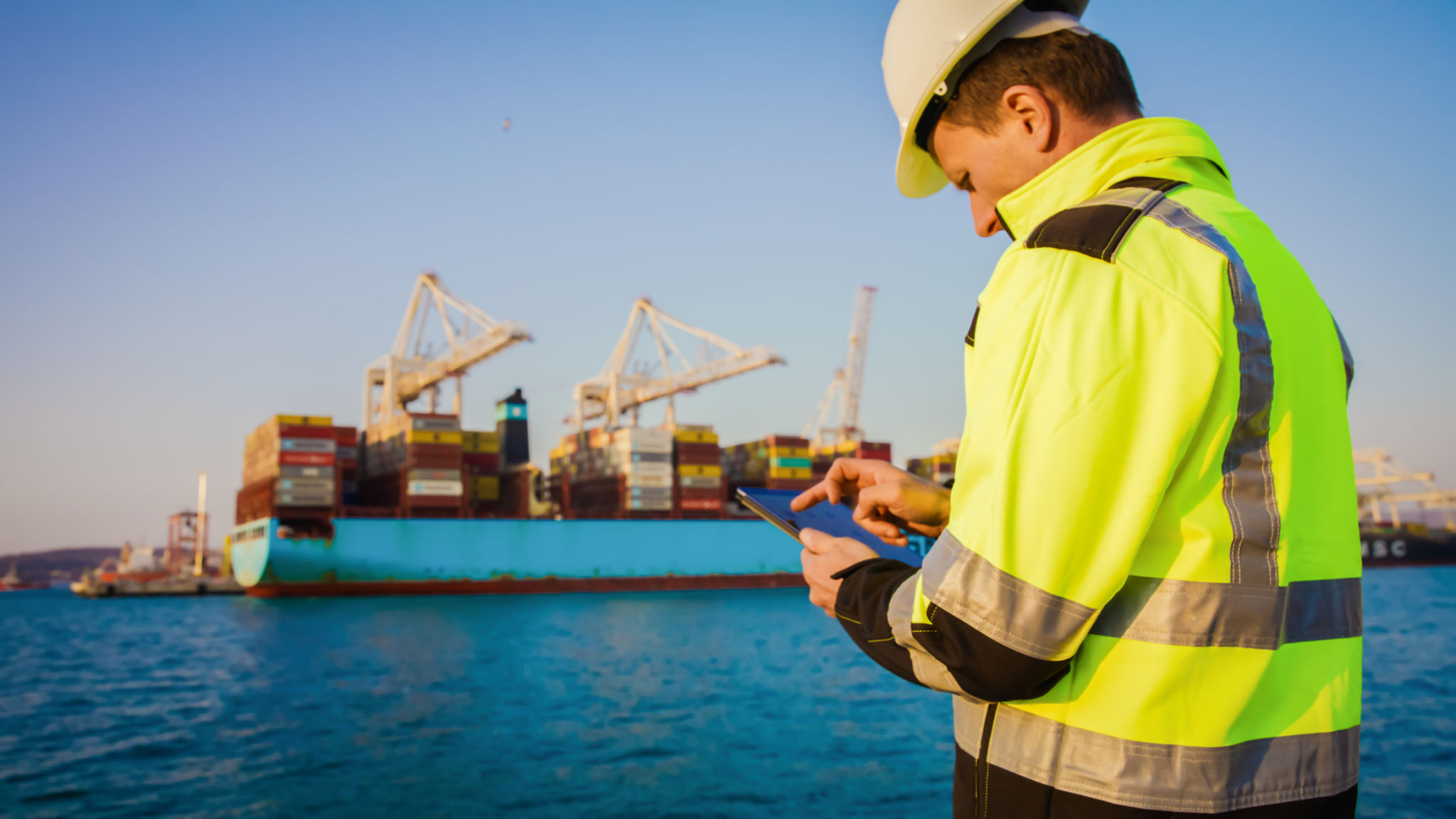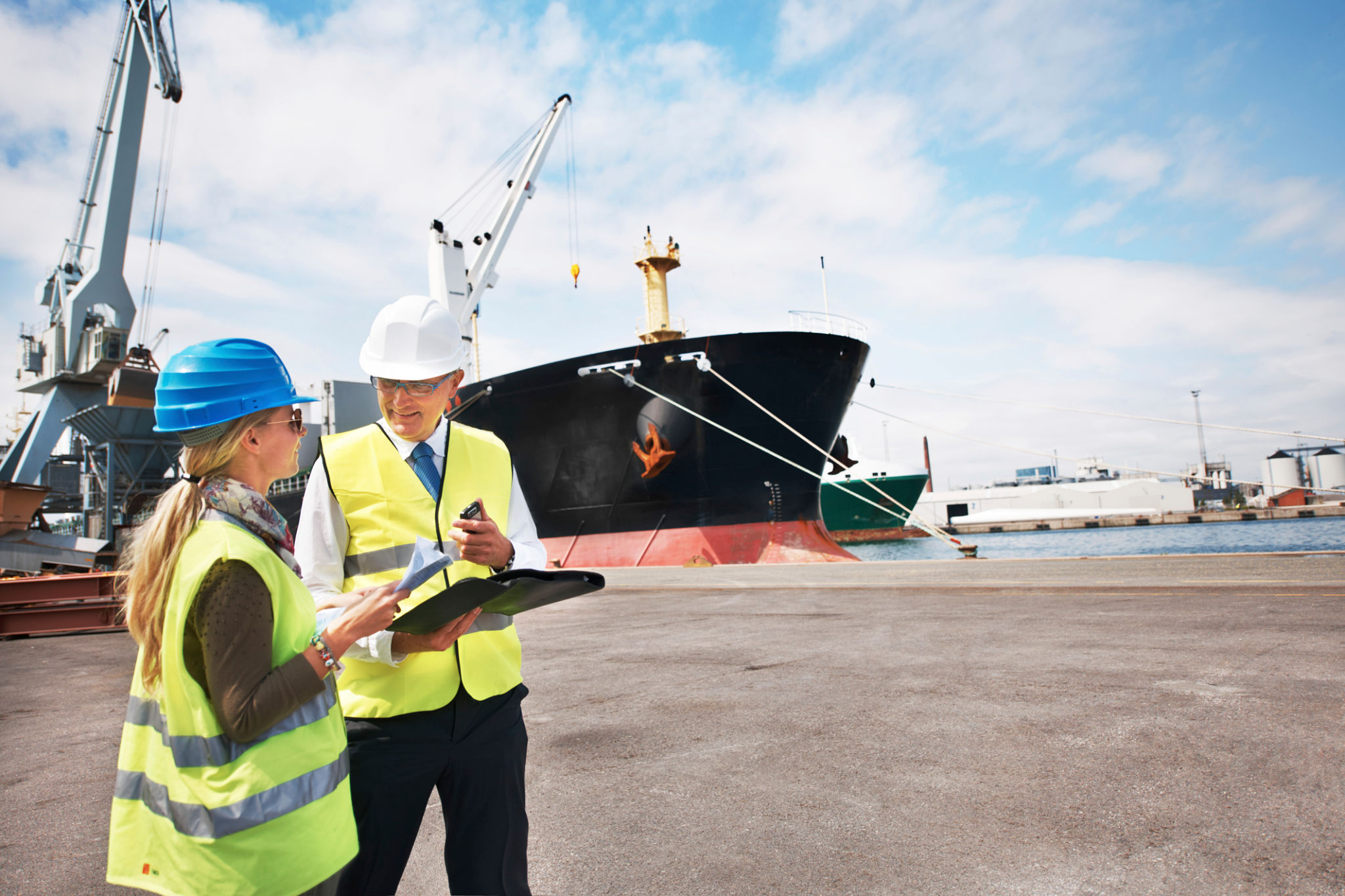Comprehensive Guide to Ship Safety Inspections: Ensuring Your Vessel's Compliance and Security
CD
Understanding Ship Safety Inspections
Ship safety inspections are a critical component of maritime operations, ensuring that vessels comply with international safety standards and regulations. These inspections help prevent accidents, protect the environment, and assure the safety of crew and passengers. Understanding the process and requirements of ship safety inspections can aid shipowners and operators in maintaining compliance and enhancing security.
Typically, these inspections are conducted by government authorities or recognized organizations to assess a vessel's condition and its adherence to safety protocols. Compliance with international conventions, such as SOLAS (Safety of Life at Sea) and MARPOL (Marine Pollution), is mandatory, and failing to meet these requirements can result in severe penalties.

Key Areas of Inspection
During a ship safety inspection, several key areas are examined to ensure the vessel's overall integrity and operational readiness. These inspections cover various aspects, including the structural condition of the ship, its machinery and equipment, and the competence of the crew.
Structural Integrity
The structural integrity of a vessel is paramount for its safe operation. Inspectors evaluate the hull, deck, and superstructure to detect any signs of damage or wear. Regular maintenance and timely repairs are crucial to preserving the vessel's structural soundness.
Machinery and Equipment
The proper functioning of machinery and equipment is essential for safe navigation. Inspectors check the condition and performance of engines, generators, navigation systems, and safety equipment such as lifeboats and fire extinguishers. Ensuring that all equipment is in working order helps prevent accidents and ensures a quick response in emergencies.

Crew Competence and Training
The competence of the crew plays a vital role in maintaining ship safety. Inspectors assess the qualifications, certifications, and training levels of the crew members to ensure they can effectively manage the ship under various conditions. Continuous training is encouraged to keep the crew updated with the latest safety protocols and procedures.
Additionally, emergency preparedness is evaluated by conducting drills and reviewing procedures for potential scenarios like fires, collisions, or man-overboard incidents. A well-prepared crew can significantly reduce risks in emergency situations.

Preparing for an Inspection
Preparation is key to successfully passing a ship safety inspection. Shipowners and operators should conduct regular internal audits and maintenance checks to identify any potential issues before an official inspection. Keeping detailed records of maintenance work, crew training, and safety drills can also aid in demonstrating compliance.
It's advisable to stay informed about updates in maritime regulations and ensure that all aspects of the vessel's operations align with current standards. Collaborating with experienced maritime consultants can provide valuable insights into maintaining compliance and optimizing safety practices on board.
The Importance of Continuous Improvement
Ship safety inspections are not just about meeting minimum requirements; they are an opportunity for continuous improvement. By fostering a culture of safety and responsibility, shipping companies can enhance their reputation, reduce operational risks, and contribute positively to the maritime industry.
In conclusion, understanding and adhering to ship safety inspections is essential for ensuring a vessel's compliance and security. By focusing on structural integrity, machinery functionality, crew competence, and preparedness, shipowners can navigate the complexities of maritime regulations effectively.